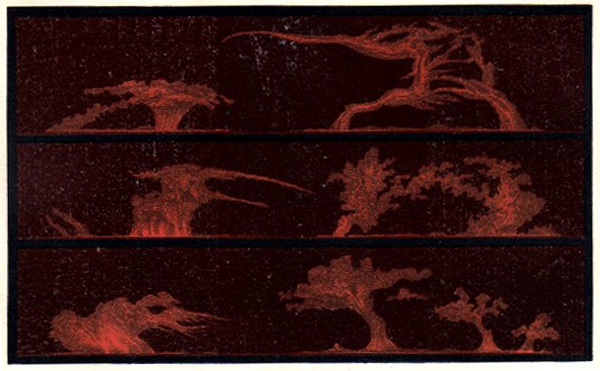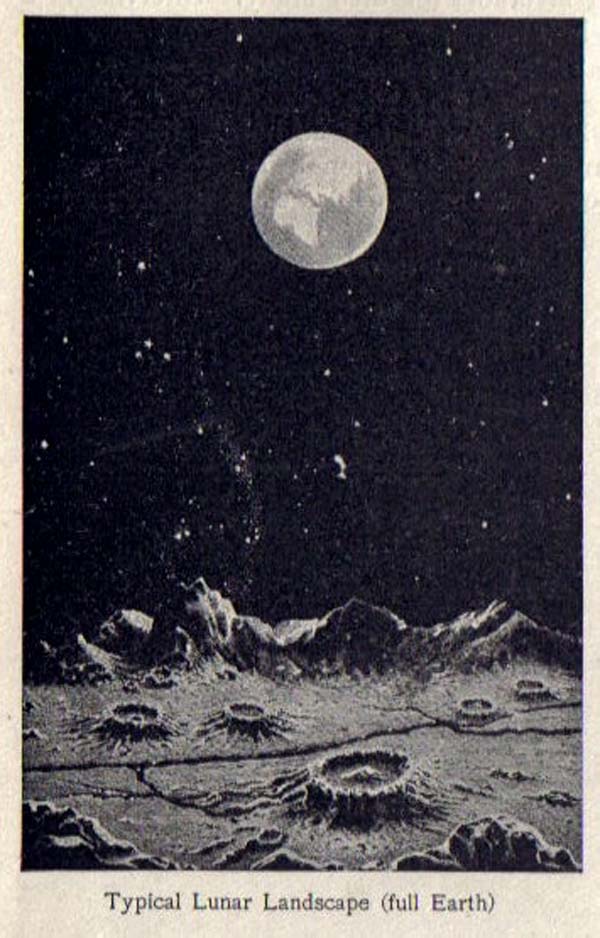Etienne Leopold Trouvelot (12/26/1827- 4/22/1895) was French born (Aisne, France)
Astronomer/Artist that came to the United States of America in 1852 with his family.
After seeing his drawings, the directory of Harvard College Observatory invited
him to join the staff as a member in 1872. During his astronomy years he made
thousands of excellent illustrations and particularly enjoyed drawing the sun.
Sixteen years before his death he returned to France and died in Meudon, France.
In the history of biology and particularly entomology (study of insects) he was
the person know to accidently release a collection of Gypsy moth larvae into the
woods in Medford, Massachusetts. He was attempting by experimental cross breeding
to give disease prone silk moths the disease resistance of Gypsy moths imported
from Europe. Gypsy moths spread westward and northward and remain a pest insect in
North America to this day. A 9 km lunar crater on the south wall of Vallis Alpes is named for him.
The attached solar drawing by Trouvelot is between pages 10 and 11 as Plate II in
David P. Todd’s, A New Astronomy © 1897, American Book Company

The second drawing by Trouvelot is between pages 282 and 283 as Plate V-Solar
Prominences in David P. Todd’s, A New Astronomy © 1897, American Book Company
As mentioned in the preface on page 4 some of the illustrations have been
re-engraved from the Lehrbuch der Kosmischen Physik of Miller and Peters. A number
of drawings in this text are not credited. One titled a “Typical Lunar Landscape
(full Earth) is the third drawing attached.
Frank McCabe


